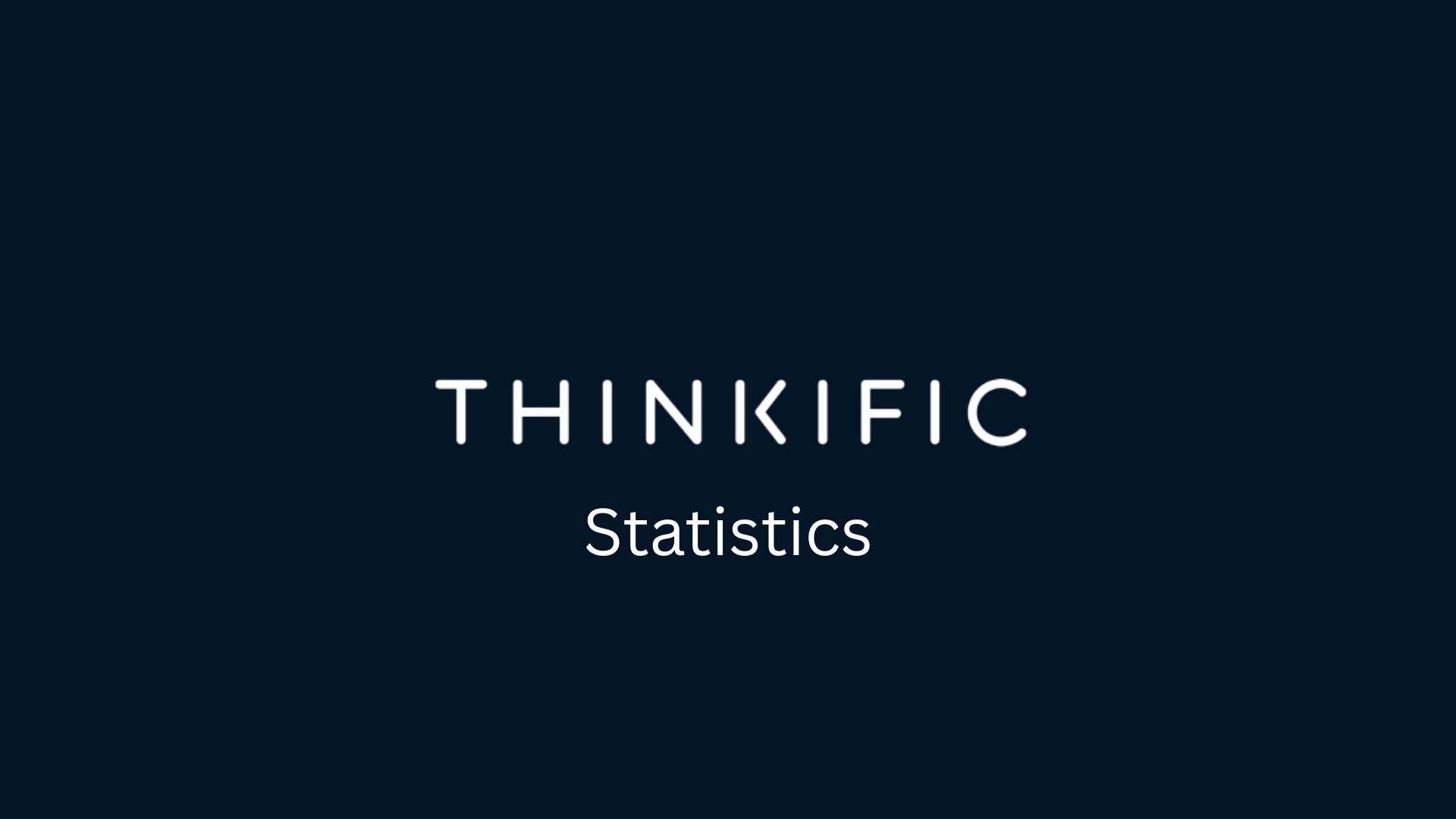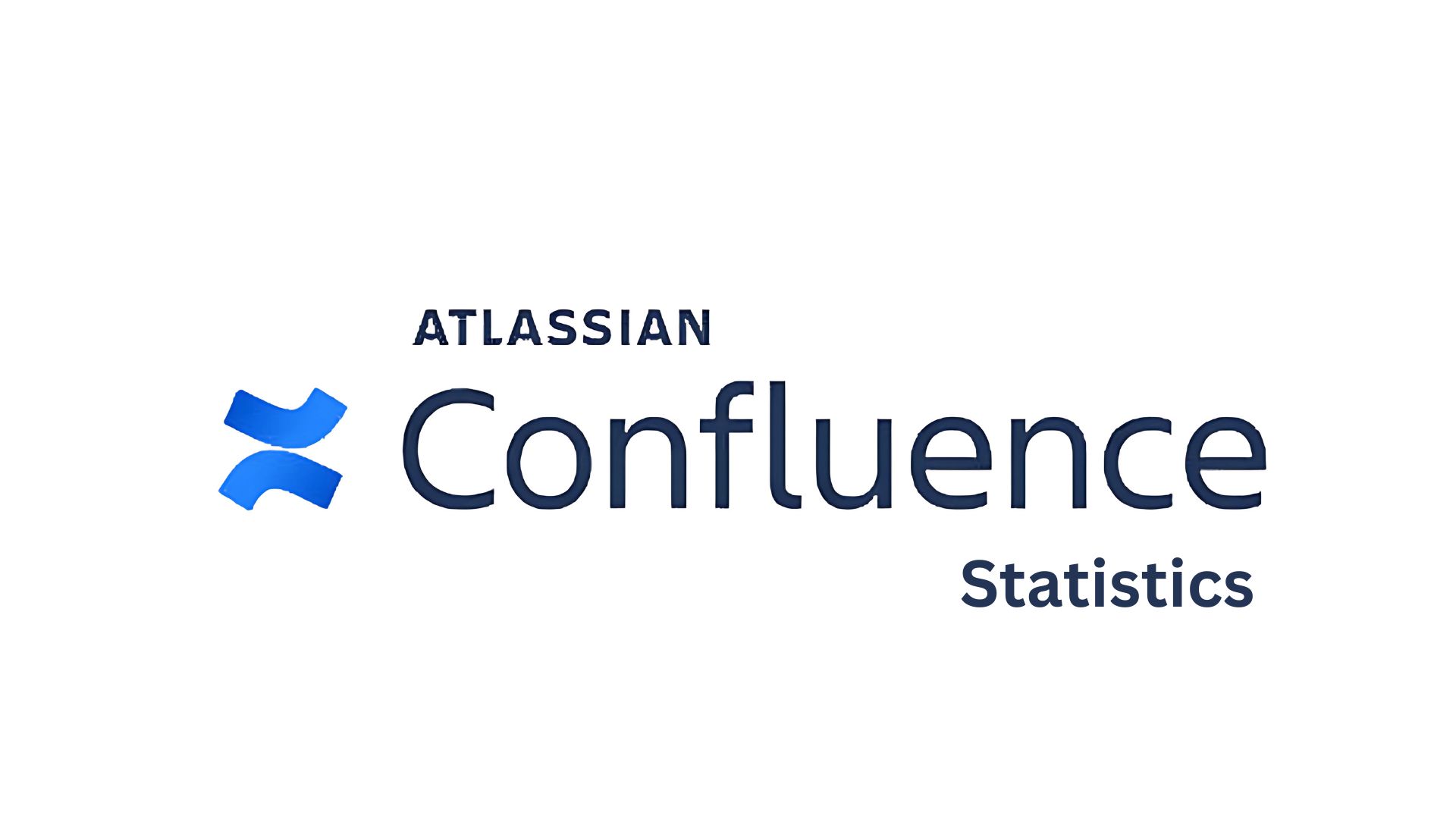Solar Energy Statistics and Facts 2024
Updated · Sep 18, 2024

Table of Contents
- Introduction
- Editor’s Choice
- Solar Energy Statistics
- Solar Power Statistics by Countries
- Investments and Development in the Indian Renewable Energy Sector
- Solar Energy Jobs and Economic Impact
- The Current Cost of Solar Panels
- Community-Scale Solar Energy Statistics
- Solar Energy Incentives Statistics
- The Future of Solar Energy: Trends and Predictions 2024
- Bifacial Solar Energy Statistics
- Conclusion
Introduction
Solar Energy Statistics: If every homeowner in each society had installed solar panels on their home terrace, the whole society could generate their power. Over the last decades, the cost of installing solar has dropped by more than 40%; therefore, adopting solar has become more affordable than before. As the state incentives, federal credits, and rebates have created additional savings, solar has become even more alluring.
Solar panels are generally an investment for homeowners with high electricity bills and a massive rooftop with ample sun exposure. They can install solar panels for their use. If every country’s citizen installs solar panels, it will significantly benefit the environment. In this article, we shall shed light on Solar Energy Statistics.
Editor’s Choice
- By 2026, the global solar energy market is estimated to be worth $223.3 billion.
- Solar energy production in Africa has increased from almost 0.3 terawatt-hours in the coming years.
- According to the Solar Energy Industries Association ( SEIA), countrywide solar capacity will exceed 135,700 megawatts, which is enough to power about 24 million homes.
- The largest solar farm in the world is situated in Bhadla Solar Park in India, which covers an area of almost 14,000 acres.
- Presently, solar PV costs have lowered.
- Up to 36% of residential buildings in the United States are projected to be solar-powered by 2050.
- In 2020, the Worldwide investment in solar energy was almost $150 billion.
- The worldwide solar capacity is projected to reach almost 862.66 GW in the coming years.
- The SEIA started the National PV Recycling Program, which includes a directory of solar panel recyclers throughout the United States.
- As of September 2020, California had the most installed solar panels in the United States, with almost 26,000 MW.
- Solar power can provide more than 26% of worldwide electricity production by 2050.
- About 90% to 97% of solar power material is recyclable and can be reused for other purposes when it breaks down.
You May Also Like To Read
- Hurricane Statistics
- Rainfall Statistics
- Air Pollution Statistics
- Ocean Pollution Statistics
- Zero Waste Statistics
- Regenerative Agriculture Statistics
- Nuclear Energy Statistics
- Tornadoes Statistics
Solar Energy Statistics
- By 2026, the global solar market will be valued at $223.3 billion.
- According to the American Clean Power Association, Amazon, Google, and Meta are the top three companies that purchase solar energy. Currently, about 162 gigawatts of solar power are installed in the United States.
- In January 2021, Australia had installed almost 2.66 million rooftop solar power systems.
- New solar projects are being innovated, as per the EIA report, which projects new solar power generation to grow by 75% from 163 billion kilowatt hours in 2023 to 286 billion kWh in 2025.
- According to SEIA 2020, 19 GW of solar capacity has been installed with a corporate solar purchase since 2020.
- As per SEIA, roughly 300,00 Americans are employed in solar at more than 10,000 organizations.
(Reference: forbes.com)
- In 2022, about 326 organizations contracted 77.4 gigawatts of solar energy that powers more than 18 million houses.
- According to Solar Energy Statistic, about 500GW of new solar capacity will be installed in the coming ten years, four times the amount of solar power established in 2022.
- The U.S. Department of Energy survey stated that the solar energy technologies assessed just 133 terawatt-hours of solar energy produced in 2020 despite 386,646 terawatt-hours of potential solar energy being available.
- Meta company has the maximum solar capacity installed as per the survey done in 2022.
- The Solar Investment Tax Credit (ITC) is a federal solar policy that was launched to give homeowners a 30% tax credit if they install solar panels.
- According to the National Renewable Energy Laboratory, 5% of the electricity in the United States comes from solar energy.
- Thermal power generation is predicted to grow 11% from 430 billion kWh in 2023 to 476 billion kWh in 2025.
- According to the study, the United States has enough renewable energy resources to generate almost 100 times the country’s electricity needs.
- The earth’s surface receives enough sunlight each half-hour to store the solar energy required for the world for an entire year.
- In 2020, The United States saddled only 0.2% of the total renewable energy potential available.
- According to ACPA, solar programs are now striking wind as the preferred choice for corporate companies.
- According to SEIA, a combination of federal and state incentives, the low cost of installing solar panels, and increasing interest in renewable energy sources has helped the solar market increase by 24%.
- As per the U.S Energy Information Administration, there are currently more than 2,500 solar power plants in the United States that are utility-scale solar photovoltaic (PV) electricity-generating facilities.
Solar Power Statistics by Countries
- China has the highest solar energy capacity globally, with a capacity of 308.5 GW, as per IEA.
| Rank | Name | Country | Capacity (GW) |
|---|---|---|---|
| 1 | Bhadla Solar Park | India | 2.25 |
| 2 | Huanghe Hydropower Hainan Solar Park | China | 2.2 |
| 3 | Shakti Sthala Solar Project | India | 2.05 |
| 4 | Benban Solar Park | Egypt | 1.65 |
| 5 | Tengger Desert Solar Park | China | 1.55 |
(Source: theroundup.org)
- The Huanghe Hydropower Haina Solar Park in China, with a 2.2GW capacity, and Pavagada Solar Park in India, with a capacity of 2.05 GW, are also considered the most significant solar plants.
- According to Solar Energy Statistics, in 2024, Iceland will have 100% renewable power, and Norway, Costa Rica, and Paraguay will have 100% virtual renewable power that uses a very small amount of fossil fuels.
- According to Solar Energy Statistics 2024 statistics, Bhadla Solar Park in Rajasthan, India, is the world’s biggest solar plant, with a projected capacity of 2.25 GW.
- As per Ember Climate data, Luxembourg, with 17.9%, Yemen, with 15.4%, and Chile, with 12.9%, are the countries that use many solar systems. Jordan, with 11.7%, and Australia, with 10.9%, follow.
- As per Solar Energy Statistics, the United States has a solar capacity of 123GW, followed by Japan with 78.2 GW.
- A survey done in 2024 found that countries like Bahrain, Kuwait, Oman, Qatar, Hong Kong, Turkmenistan, and Saudi Arabia do not use solar power.
Investments and Development in the Indian Renewable Energy Sector
- According to the Department for Promotion of Industry and Internal Trade, the non-conventional energy space in India has become more appealing for investors, and FDI of Rs. 5.2 lakh crore has been invested in India.
- Globally, almost $2.8 trillion will be invested in energy resources in the coming years.
- By 2030, $2.4 billion National Hydrogen Mission for the Production of 5 MMT.
- By 2022, the NTPC is predicted to council India’s largest floating solar power plant in Ramagundam, Telangana.
- The Solar Energy Corporation of India has executed a large-scale central auction for solar parks, and it has been awarded contracts for 47 parks with almost 25 GW of capacity.
- More than Rs.5.2 lakh crore investment is done in India’s solar energy.
- In 2023, the Ampln Energy Transition invested Rs. 3,100 crores to demonstrate renewable energy projects exceeding 600 MW.
- About 59 solar parks with a capacity of 40GW have been approved to be established in India.
Solar Energy Jobs and Economic Impact
- According to Solar Energy Statistics, the solar industry employs almost 3 million people worldwide, with a notable portion of these jobs in project development, manufacturing, and installation.
- In 2020, the solar industry has increased in popularity and grown to 174,000.

(Reference: greenmatch.co.uk)
- By 2030, the solar energy market is projected to source about 14 million jobs.
- According to the International Labor Organization, in 2022, the renewable energy sector will employ about 13.7 million people globally, and solar energy, the fastest-growing sector, will provide 4.9 million jobs.
- The solar industry is projected to nearly triple its cumulative deployment by 2028, creating more job openings and contributing to economic growth.
- According to the Solar Energy Statistics Survey 2021, women account for almost 40% of the total workforce in the solar PV industry.
- Females fare best in solar PV manufacturing, representing 47% of the workforce.
The Current Cost of Solar Panels
- Depending on their size, solar panels have a value in the United Kingdom of 5,000 Euro to 11,000 Euro.
- Solar power is estimated to be the cheapest energy source, costing almost $1 per watt on average.
- Compared to 5 to 17 cents per kWh for energy from fossil fuels, solar photovoltaic energy costs between 3 and 6 cents per kWh.
- A standard 250W solar panel costs almost 400 Euros to 500 Euros, and it differs per size.
- The maximum cost in the solar industry is associated with costs such as installation labor, acquisition, permits, interconnection, and inspections.
- Nearly 50% of the cost of solar power has dropped over decades.
- The cost of a solar battery is 4,500 euros.
- In 2023, the cost of solar panels was approximately $3,500 to $35,000, with an average of $16,000.
- The challenges faced in the supply chain have increased the cost of solar power over the last two years.
- The cost of PV installation ranges from $5,400 to $18,000.
Community-Scale Solar Energy Statistics
- According to a GTM report, the community solar can grow 30 to 40 times by 2030.
- The United States is presently operating only seven floating solar farms.
- As per the Solar Energy Statistics survey, the floating solar farms installed on about 24,000 artificial reservoirs can supply almost 10% of the nation’s electricity.
- The utilities are predicted to lead 50% of the new community solar capacity.
- Twelve countries, like Washington D.C, have invented programs that make solar accessible for the poor class population.
- About 43 states have one community solar project online that allows households to access the advantages of solar power without installing a panel at their houses.
Solar Energy Incentives Statistics
- According to the 2023 solar energy survey, the government’s solar tax credit can be claimed for a maximum amount of 0%.
- The Tax federal government will lower to almost 26% in 2033.
- From 2022 to 2032, homeowners can claim a federal solar tax credit valued at 30% of their solar panel installed cost.
The Future of Solar Energy: Trends and Predictions 2024
- As we enter 2024, the solar energy landscape has seen outstanding growth and development.
- In 2024, solar energy will look more concentrated and innovative.
- In 2024, it is projected that a noteworthy innovation in solar energy storage can be observed with enhanced battery technology and a developed storage system.
- Decentralization is becoming an essential theme in the solar energy sector.
- In 2024, it is estimated that ever-greater pressure on sustainable practices and government worldwide implementation policies will help solar power grow.
Bifacial Solar Energy Statistics
- Global Bifacial Solar Capacity: Look for data on the total installed capacity of bifacial solar panels globally.
- Bifacial Panel Market Share: Explore market share statistics to understand the prominence of bifacial solar panels in the overall solar panel market.
- Growth Trends: Examine trends in adopting and growing bifacial solar technology compared to traditional monofacial panels.
- Geographical Distribution: Analyze where bifacial solar installations are most prevalent and the factors influencing their deployment in different regions.
- Efficiency Comparisons: Compare the efficiency of bifacial solar panels with monofacial panels in various environmental conditions.
- Cost Trends: Investigate the cost trends associated with manufacturing, installing, and maintaining bifacial solar panels.
- Applications and Projects: Look for statistics on using bifacial solar panels in specific applications, such as utility-scale solar farms or commercial installations.
- Return on Investment (ROI): Explore economic viability and return on investment data for bifacial solar projects.
- Innovations and Technological Advances: Stay informed about any recent innovations or advancements in bifacial solar technology that may impact its efficiency and deployment.
Conclusion
Creating a global transformation of the energy ecosystem from fossil-fuel-intensive legacy systems to renewable solutions will require many technological innovations, political support, and a social transformation before the current mid-century net zero emission targets can be achieved. Solar energy statistics have revealed many such solutions, past innovations, and statistics. While developments have created a vast solar energy advance, collaboration and coordination across the solar sector are essential to unlock Solar’s unlimited energy.
The journey of solar energy from an ideal technology to a mainstay of worldwide energy production in the last decade is extraordinary. With technological advancement and cost reduction, solar energy is not only a legitimate choice but an increasingly accessible one.
Sources

Barry Elad is a tech enthusiast who loves diving deep into various technology topics. He gathers important statistics and facts to help others understand the tech world better. With a keen interest in software, Barry writes about its benefits and how it can improve our daily lives. In his spare time, he enjoys experimenting with healthy recipes, practicing yoga, meditating, or taking nature walks with his child. Barry’s goal is to make complex tech information easy and accessible for everyone.










